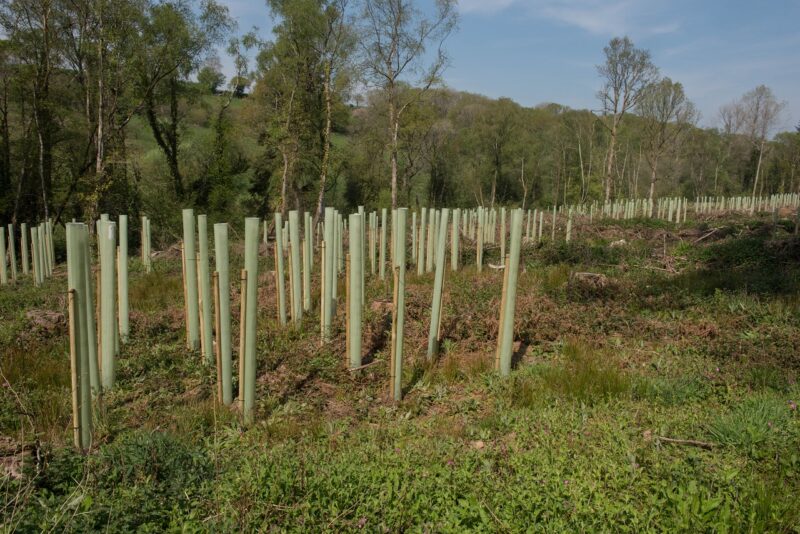Published: 07/05/24 By: Mike Bekin
In the world of sustainable forestry and responsible resource management, the concept of managed plantations is crucial. A modern solution to meet an ever-growing demand for timber, it is a vital strategy to maintain our world’s natural ecosystems. But what are managed plantations and how have they changed the timber industry? Our EcoChoice experts are here with everything you need to know.
What is a Managed Plantation?
Managed plantations are areas of land where trees are grown specifically for harvesting. Often these areas are used to grow non-native tree species which would not be found naturally in the country’s forests, but these plantations can also be used to increase the supply of native species which are in high demand. In addition they can be used to grow species whose felling has had a large environmental impact in the past, thus helping to protect and renew natural woodlands, as well as the life which relies on them.
Key Characteristics of Managed Plantations
There are a number of key characteristics which go into creating a managed plantation. Let’s take a look at some of them here.
Species
Managed plantations often involve the cultivation of specific tree species chosen for their suitability to the local climate, soil conditions and intended end use. This careful selection ensures optimal growth and resource utilisation. Herein lies the value of local nurseries.
Rotation Cycles
Rotation cycles are key for maintaining a thriving managed plantation. Trees are planted and harvested in phases, allowing for a continuous supply of timber without depleting the entire forest at once. This cyclical approach mimics the natural regeneration processes seen in woodlands. There are multiple rotation styles: continuous cover versus clear felling are the main ones.
Silviculture Practices
Silviculture, a method of cultivating and managing forests, is the cornerstone of managed plantations. Techniques such as thinning and pruning help maintain an abundance of healthy trees whilst also reducing the risk of pests and diseases.
Soil and Water Management
Sustainable soil and water management practices are integral to managed plantations. Erosion control measures and responsible water usage go a long way to protecting the planet.
Benefits of Managed Plantations
In a world where timber demand is sky-high and likely to increase even further because of low carbon building demands, managed plantations have become crucial to meeting our needs. But what makes them such a positive attribute to the timber industry?
There are plenty of benefits, including (of course) taking the strain from natural forests, where maintaining complex biodiversity systems is crucial for conservation. It is also a key part of carbon sequestration plans in the UK, with well-managed plantations absorbing a huge amount of CO₂ as the trees grow. When felled for timber use, especially in construction, the CO₂ remains in the wood, keeping it out of our atmosphere for as long as the timber is maintained.
Managed plantations also often support local communities, by creating jobs in the local timber industry. Supporting this industry means you can find more species grown in the UK, cutting down on your project’s carbon footprint for an eco-friendly bonus!
Find Timber at EcoChoice
At EcoChoice, we pride ourselves on supplying UK construction with sustainable, responsibly sourced timber. That includes from FSC or PEFC-certified forests as well as managed plantations. To learn more or start your timber order, get in touch with our team today.
Tags: managed plantation, Sustainability
Categories: Insights
